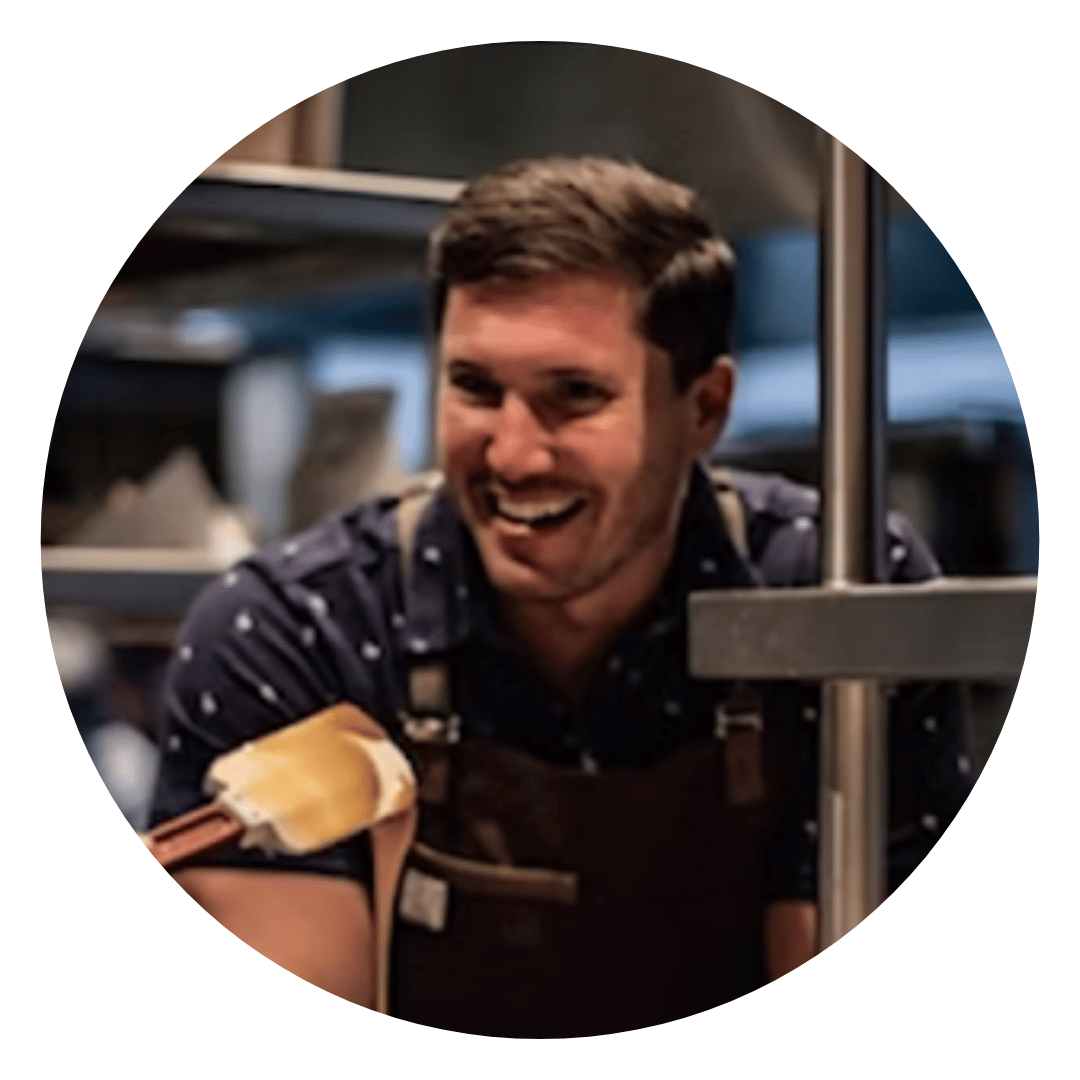While there’s much to be said about the pre-meal or pre-shift meeting — arguably the most important 30 minutes of any restaurant’s service — equally as much could be said of the pre-opening walk-through. For any first-time operator or multi-unit operator opening a new spot, the initial walk-through of a space, from the parking lot to the kitchen, can be just as critical to a business’s success as its food or service.
Full Book spoke to Christopher Melly, director of operations for The Henry at Fox Restaurant Concepts, about why this step is so essential when opening a new business and how it can benefit any bar or restaurant if done the right way.
(As told to Joanna Sciarrino.)

Fox Restaurant Concepts has nearly 90 restaurants nationwide, but we've opened around 200, so we have openings down to a science. But openings are hard, and if you have a space that doesn't look right or doesn't feel right, it can be so much harder. For many independent operators, the timeline up to opening your doors can be stressful and doesn’t usually leave time for thorough evaluation. Which is why a pre-opening walk-through is often overlooked. But it shouldn’t be.
The best way to evaluate a new build or a renovation when you're about to open your business, is an initial walk-through. This is your opportunity to check and experience every detail of your space that most people don’t see or wouldn’t notice, before it’s open to the public. This includes things like building facades, bar top seams, table bases, light bulbs, and even stickers on new furniture — all of which might seem trivial, but can make all the difference in how efficiently your business operates and how positively it’s received.
Here are the most important things to focus on in the pre-opening phase.
Do a ‘Punch Walk’
Upgrade to a paid Full Book subscription to read the rest.
Become a paying subscriber of Full Book to get access to this post and other subscriber-only content including all of our Friday Deep Dives.
Upgrade

